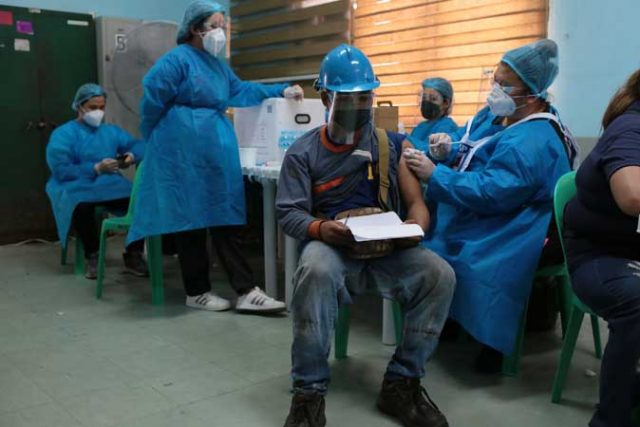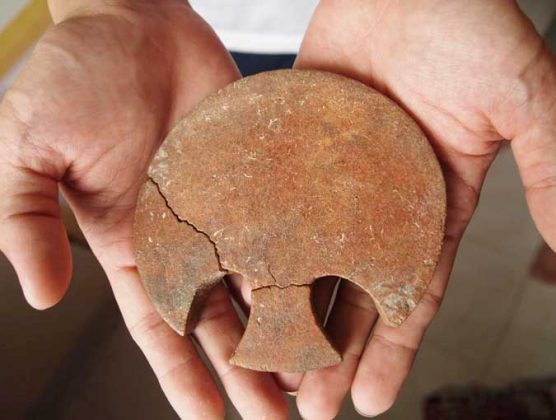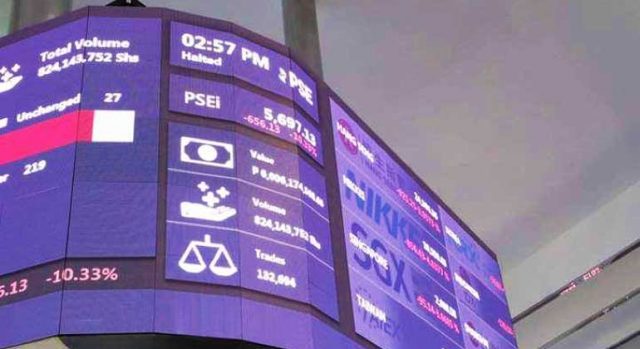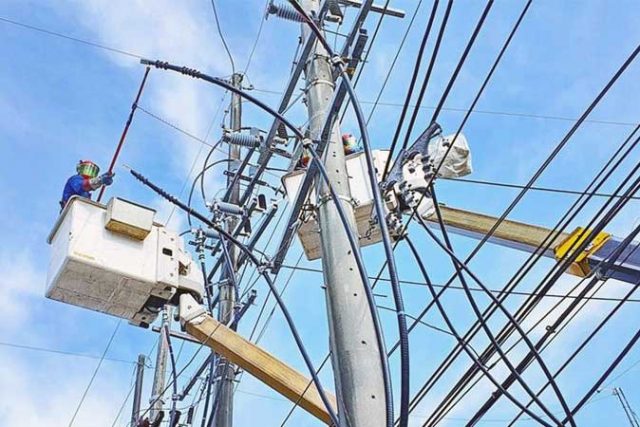TransCo studies remitting full income to gov’t
THE National Transmission Corp. (TransCo) said it is looking at remitting all of its net earnings last year to support the government’s coronavirus disease 2019 (COVID-19) response programs, the Department of Finance (DoF) said in a statement, citing a letter from the state-run entity’s top official.
“TransCo supports the DoF in its revenue generation efforts for the government’s programs to alleviate the impact of the COVID-19 pandemic, and in fact, it is exploring the possibility of remitting 100 percent from the 2020 net earnings,” TransCo President and Chief Executive Officer Melvin A. Matibag told Finance Secretary Carlos G. Dominguez III in the letter.
The DoF official earlier directed TransCo to scale up its 2020 dividend remittances to 75%.
TransCo needs to first secure clearance from its board for an additional budget of P817.11 million this year to cover the increase in the dividend remittance before complying with the DoF’s order, the entity said.
“Once the board approval is secured, TransCo will request for the approval of the additional budget from the Department of Budget and Management to support the dividend remittance to the National Government (NG),” Mr. Matibag was quoted as saying in the letter.
Under the Dividends Law or Republic Act No. 7656, all government-owned and controlled corporations (GOCCs) are required to declare and remit a minimum of 50% of their annual net earnings in the form of cash, stock or property dividends to the NG.
In the first half of this year, GOCCs remitted a total of P31.38 billion, with TransCo topping the list with a P8.32-billion contribution, according to DoF estimates.
Other top contributors include the Philippine Deposit Insurance Corp. at P7.1 billion; Philippine Amusement and Gaming Corp. at P4 billion; and Philippine Ports Authority at P3.76 billion.
Last year, TransCo registered P1.63 billion in dividend remittances or 50% of its net earnings.
The government has collected an average of P57 billion in remittances from the GOCCs annually. The Finance department described the amount as “more than double the average annual collection of the past administration.” — Angelica Y. Yang


















